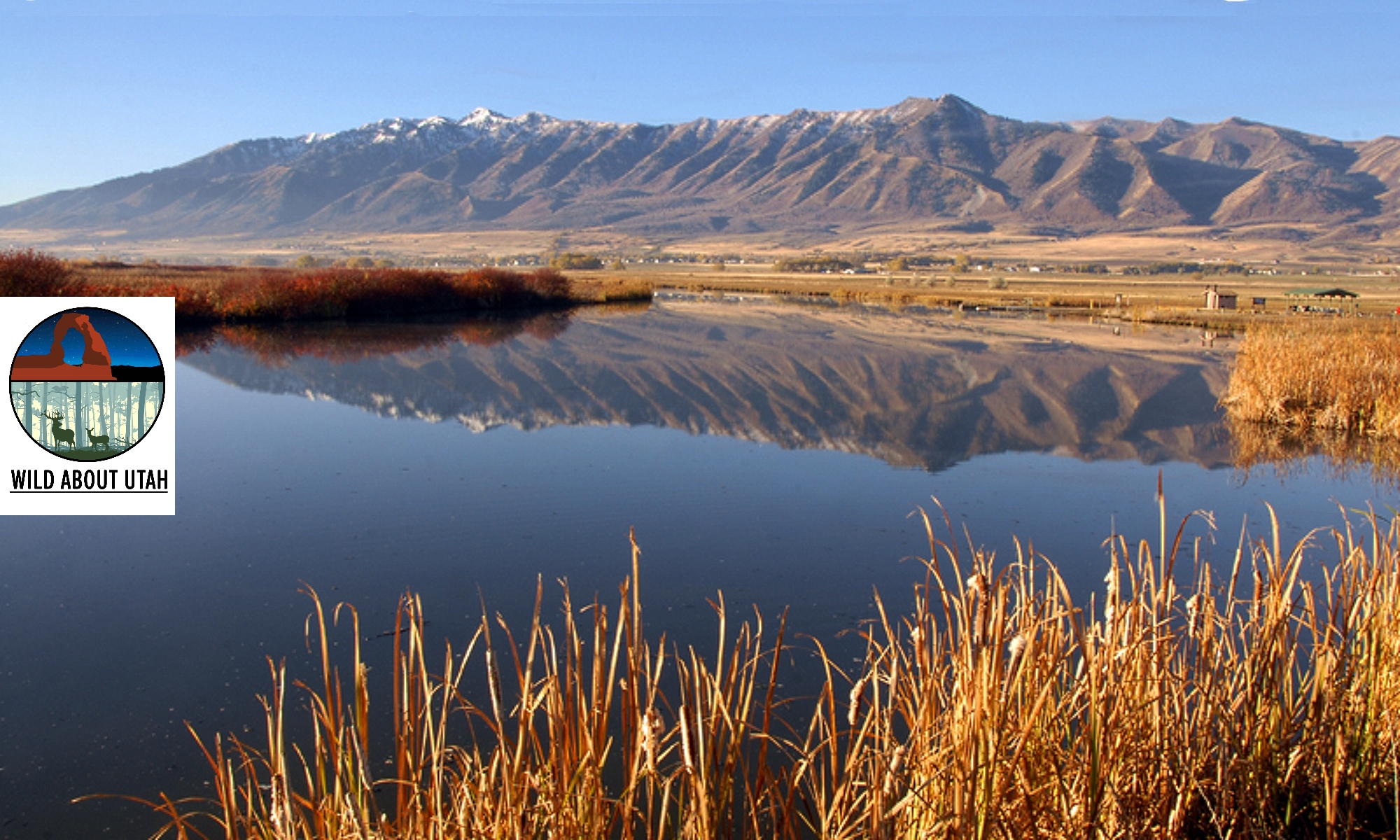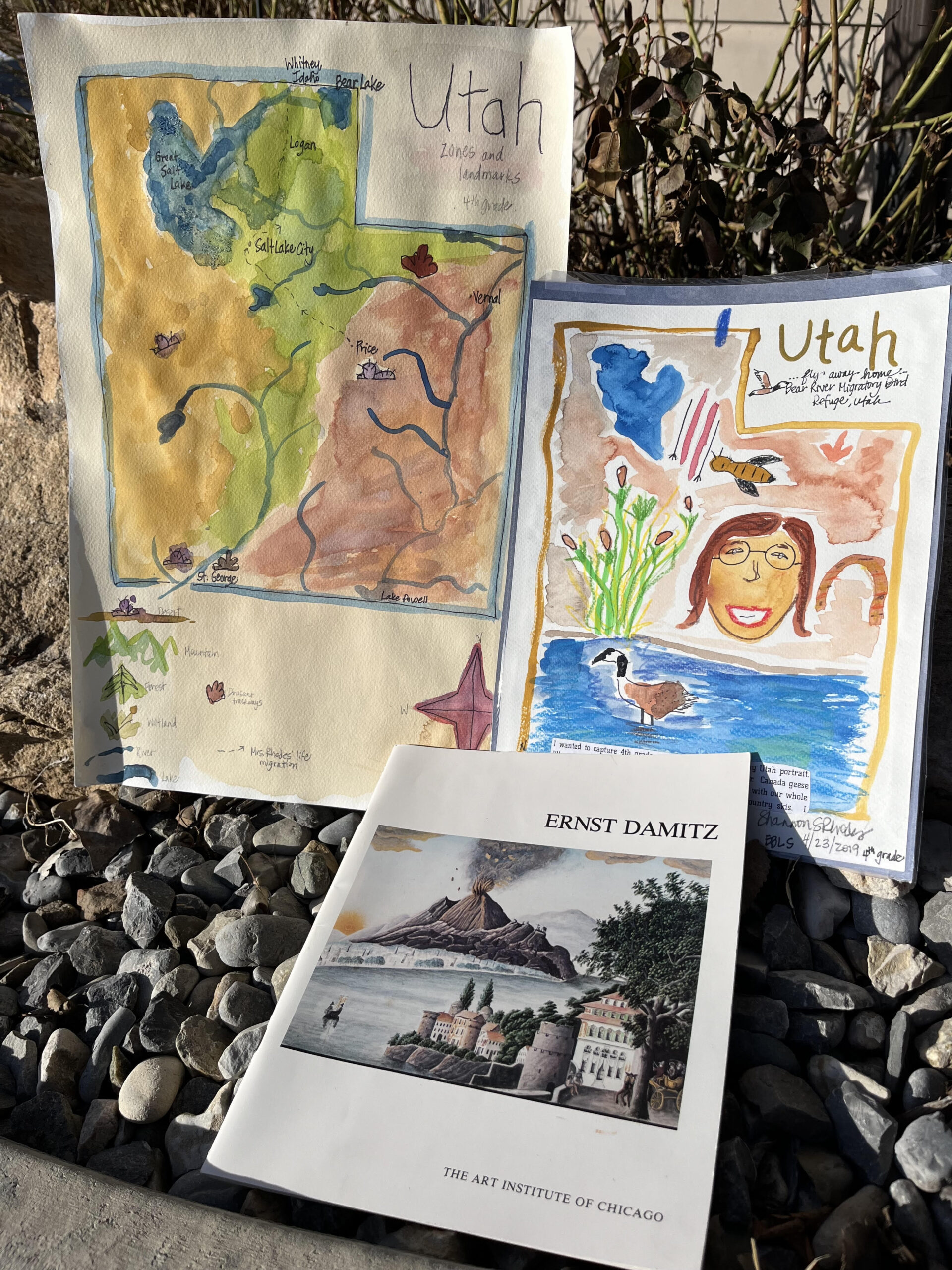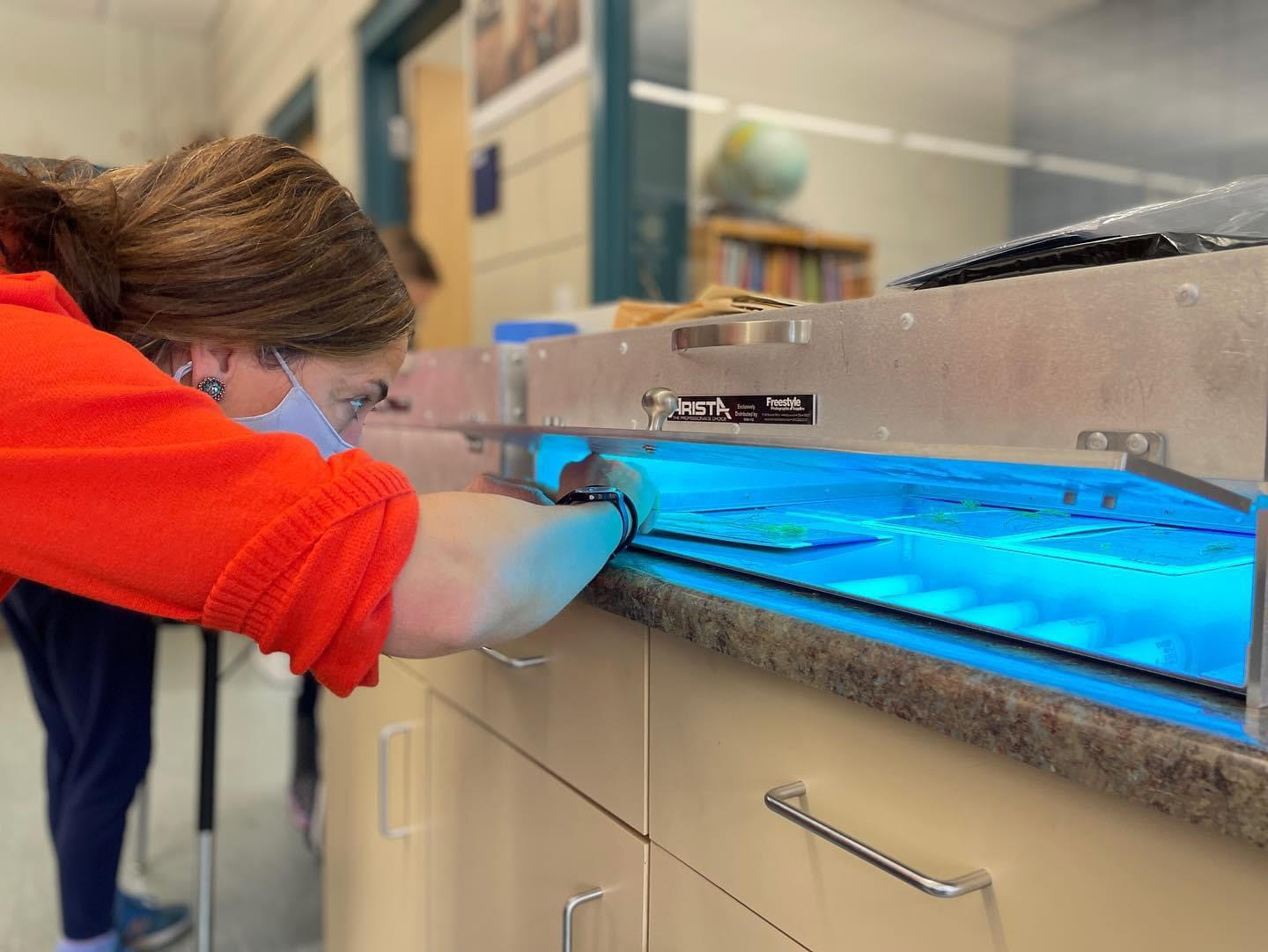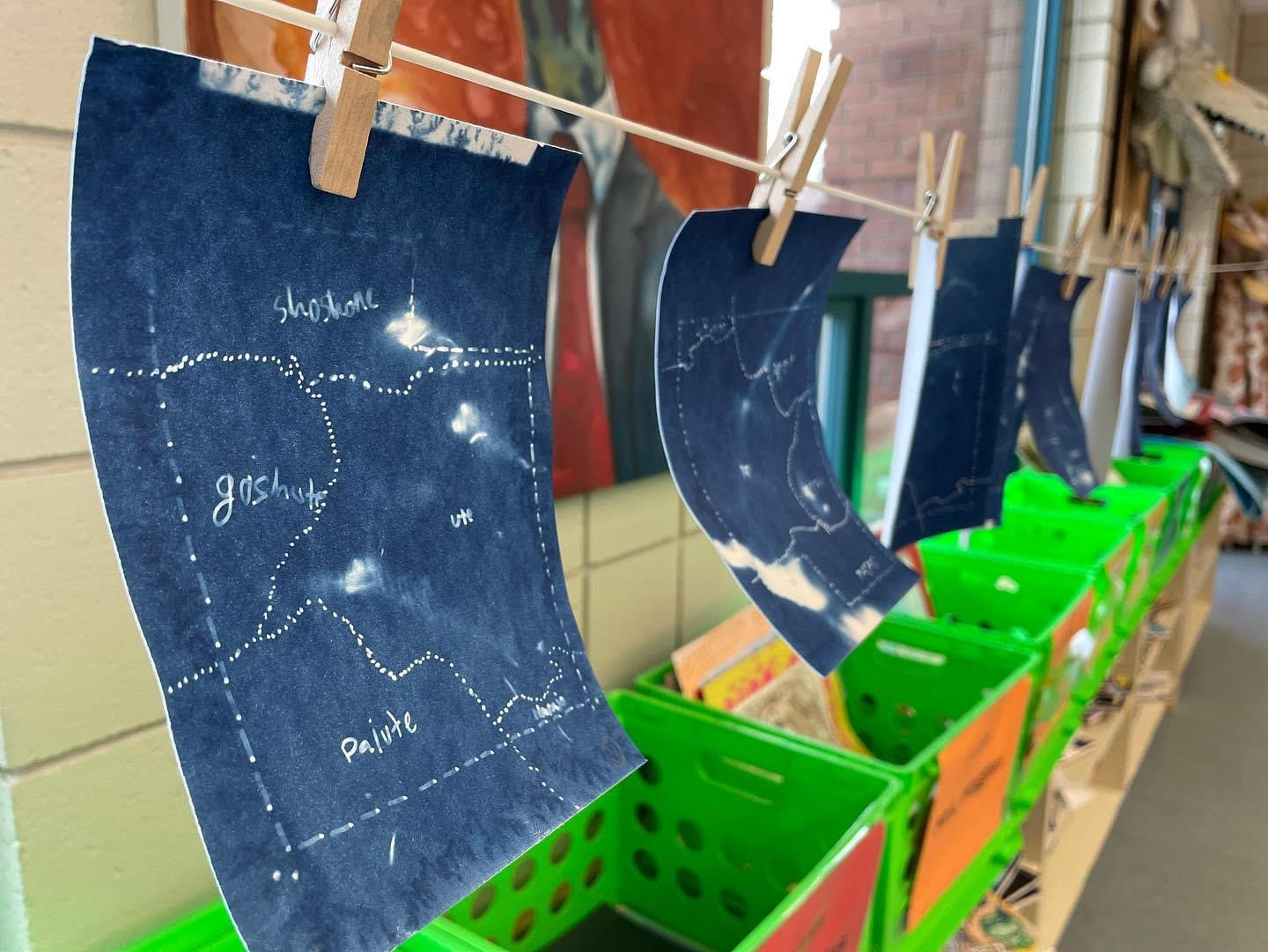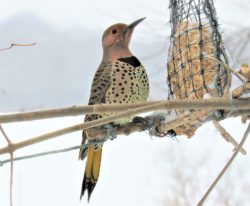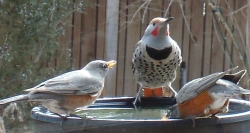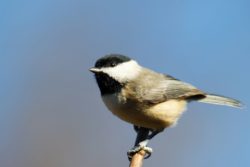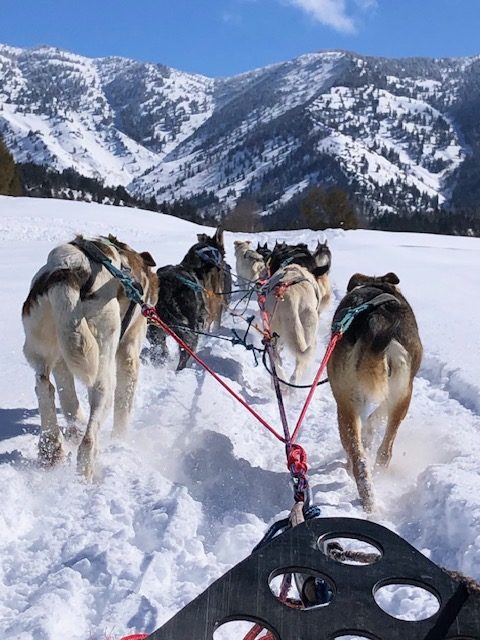
Courtesy Pixabay,
Joe Russell Photography, Contributor
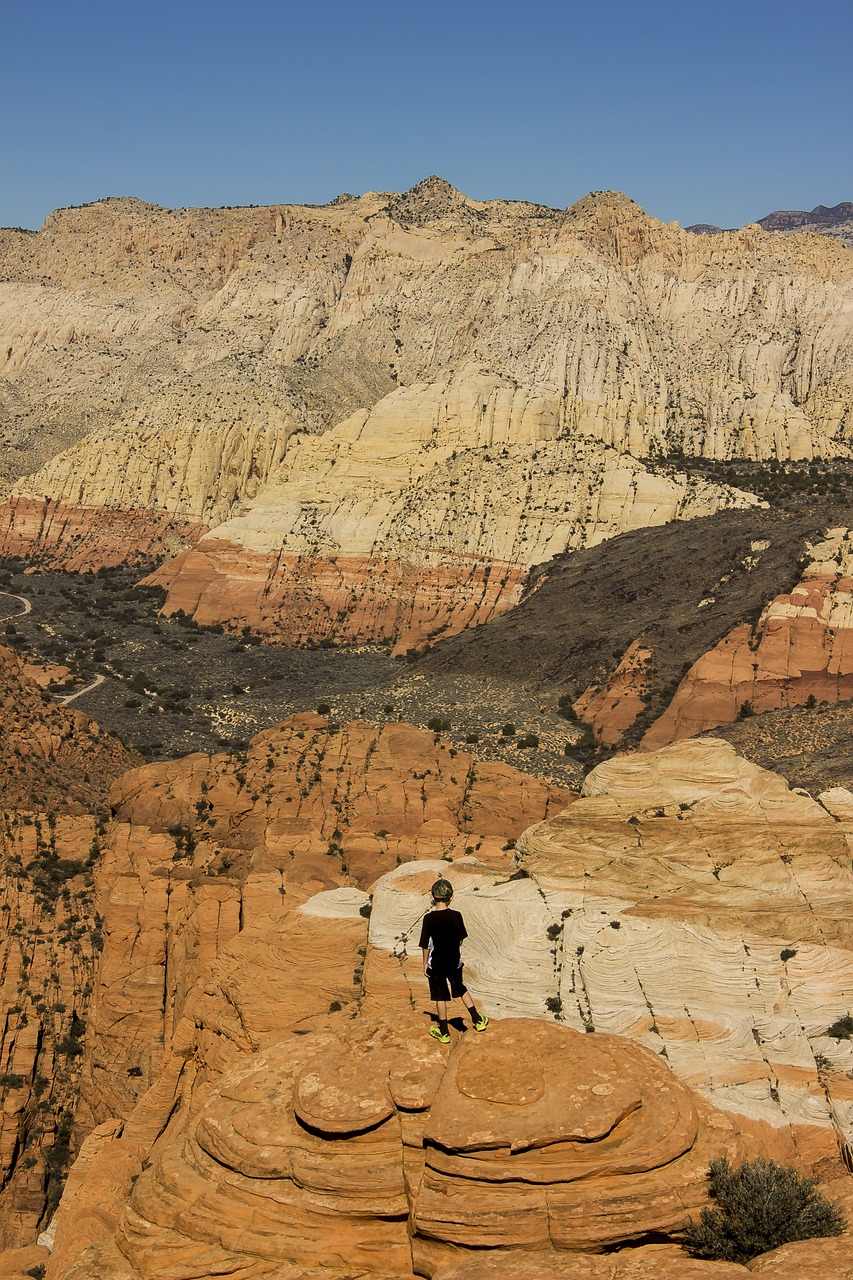 Snow Canyon State Park
Snow Canyon State Park
Courtesy Pixabay
AlpineDon, ContributorUtah is riddled with the most magnificent canyons on our lovely little planet! Thinking Snow Canyon, Kolob, Zion, Virgin River Gorge, Logan Canyon, Coyote gulch, Big and little Cottonwoods, and several hundred more that deserve mention.
I recently returned from leading an outing for 25 USU international students where we split our time between Snow Canyon and Zion National Park. Their hearts have yet to fully recover from world class scenery and the remarkable geologic features they encompass. Petrified 200-foot sand dunes in Snow and 2000 foot vertical “big” walls in Zion, softened by rushing waters of the Virgin river. The Virgin River Narrows tugged at their sense of adventure as many “Narrows” hikers clothed in waders, holding wooden staffs, came trekking out of the “Gateway”.
Canyon’s deliver our waters and nurture our souls. Majestic rivers- Green, Colorado, Yampa White, San Juan, the Bear, offer all levels of boating thrills from placid to riotous. I’ve experienced many with family and students in various crafts- rafts, canoes, kayaks. Much of the country they cut through is remote and wild. Desolation, Dinosaur, Arches, Canyonlands NP, Bears Ears. Many meander through terra incognito, roadless wilderness, sliced and diced into alluring slot canyons where the sun never shines. Mysteries to behold, and flash floods to unfold.
My daughter-in-law and grandchildren experienced a grand adventure in the Zion subway slot canyon. A beautiful, blue-sky day with no hint or forecast of rain. Midway through their passage the water began to rise. Unknown to them, a heavy downpour had occurred miles above. Fortunately, they were able to scramble up to a ledge where they spent a long, cold, hungry night as the waters continued to rise. Not until the following day did the stream drop enough to allow their escape.
Where else can one take refuge from our overheated summers. Adventure awaits. Hiking, climbing, skiing, wildlife watching, botanizing- all there beckoning!
Birders delights from American dippers to Great Blue Herons. Soon to be filled with bird song as spring unfolds- fox and song sparrows, MacGillivray and Wilson warblers, warbling and plumbeous vireos, black headed grosbeaks and bullock orioles, lazuli buntings, join at least 20 other species adding to the chorus. Resident canyon wrens often announce their presence in vibrant, cascading song.
Beyond their stunning beauty and endless adventure, our canyons encompass myriad watersheds which capture the masses of snow melt resulting in most of our desert state’s water. Additionally, healthy watersheds feed our iconic Great Salt Lake, a critical western hemispheric shorebird refuge, and essential to our well-being in so many additional ways.
These priceless landforms deserve our love and protection. Threats of gondolas, mining, road improvements, and other human activities will continue to be challenges. “Save Our Canyons”, a SLC organization is laser focused on keeping Wasatch canyons from being further compromised. We must all become canyon advocates for the infinite joy and countless gifts they unflinchingly provide.
Jack Greene for Bridgerland Audubon, and yes, I’m wild about Utah!
Credits:
Images: Kolob Canyon Landscapes Courtesy Pixabay, Joe Russell_Photography, Contributor https://pixabay.com/photos/kolob-canyon-landscapes-outdoors-5215253/
Snow Canyon State Park Courtesy Pixabay, AlpineDon, Contributor, https://pixabay.com/photos/snow-canyon-state-park-utah-1066145/
Audio: Courtesy & © Kevin Colver, https://wildstore.wildsanctuary.com/collections/special-collections
Text: Jack Greene, Bridgerland Audubon, https://bridgerlandaudubon.org/
Additional Reading: Lyle Bingham and Jack Greene, Author, Bridgerland Audubon, https://bridgerlandaudubon.org/
Additional Reading:
Jack Greene’s Postings on Wild About Utah, https://wildaboututah.org/author/jack/
Kolob Canyons, Zion National Park, National Parks Service, US Department of the Interior, https://www.nps.gov/zion/planyourvisit/kolob-canyons.htm
Matcha (Contracted content), A Visitor’s Guide to Zion’s Kolob Canyons, Utah Office of Tourism, https://www.visitutah.com/Articles/Kolob-Canyons-Visitor-Guide
